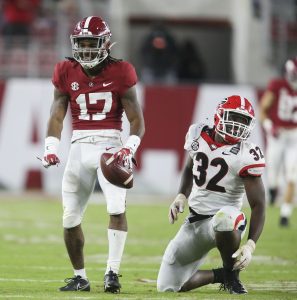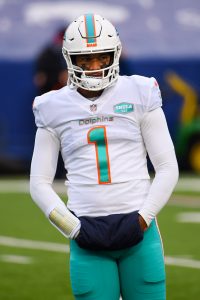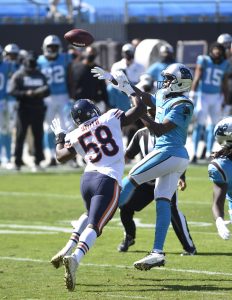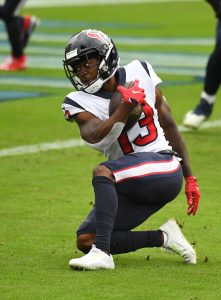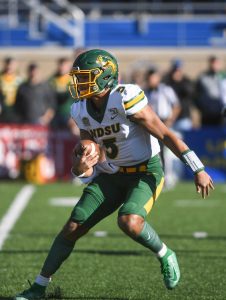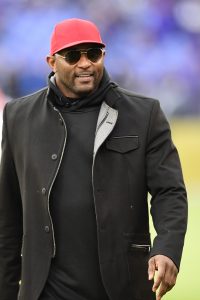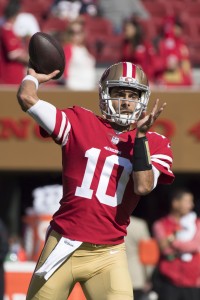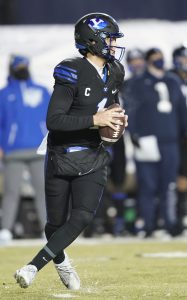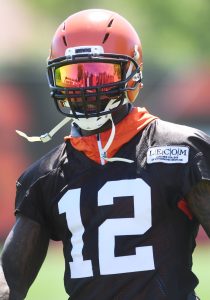The Browns returned to the playoffs in 2020 after a 17-year absence, and their top two picks of the 2018 draft — QB Baker Mayfield and CB Denzel Ward — played pivotal roles in the team’s success. Under the youthful leadership of general manager Andrew Berry and head coach Kevin Stefanski, Cleveland has the opportunity to be a competitive outfit for the foreseeable future.
But success in the draft and on the field generally leads to big-money extensions for a team’s homegrown talent, and the decision as to whether to authorize such extensions is not always a straightforward one. For instance, although Mayfield bounced back nicely from a disastrous 2019 campaign and posted a top-10 QBR of 72.2 last season, the Browns may make him prove himself again in 2021 before getting serious about extension talks.
Ward, meanwhile, has battled health issues since he entered the league. He has missed at least three games due to injury in each of his first three professional seasons — we’re not counting the games he missed last year due to COVID-19 — and when considering the price tag for top cornerbacks, even “minor” injuries become significant.
On the other hand, his performance between the lines has been everything the Browns could have hoped for when they made him the No. 4 overall pick in 2018. He earned Pro Bowl honors in his rookie season, and despite the missed time due to injury, he has tallied 40 passes defensed and seven interceptions — including one pick-six — in his young career.
Cleveland’s secondary as a whole was hit hard by injury (and the pandemic) last year. In addition to Ward’s ailments, rookie safety Grant Delpit and second-year CB Greedy Williams missed the entire season, and CB Kevin Johnson also missed time. That meant that DC Joe Woods was forced to run zone coverage schemes for the most part, and Ward’s skill-set is probably better-suited to man coverage.
Still, Ward finished as Pro Football Focus’ 23rd-best corner out of 121 qualifiers, and PFF gave him a strong coverage grade. The team added former Rams DBs John Johnson and Troy Hill in free agency this offseason, which should give Woods a little more flexibility and which should, in turn, have a positive trickle-down effect on Ward. But while Hill has experience playing on the boundaries, the Browns may prefer to deploy him in the slot, and it’s still unclear what the team has in Williams at this point. So other than Ward, there are no certainties in terms of outside-the-numbers CBs, and even if there were, it would be hard to imagine Berry & Co. letting a premium talent at a premium position get away.
Of course, a new contract will be costly. The $20MM average annual value that Jalen Ramsey recently pulled down from the Rams is the current pacesetter for the CB market, and while Ward might not be able to hit that number at this point, he certainly has an argument for at least an $18MM AAV. A five-year pact worth between $90MM-$95MM and around $40MM or so in full guarantees sounds about right if the two sides are to come to terms anytime soon.
For now, there have been no reports of extension talks. The Browns will certainly exercise Ward’s fifth-year option for 2022 — which checks in at a fully-guaranteed $13.294MM — and perhaps player and team will start to discuss a longer-term arrangement over the summer.

